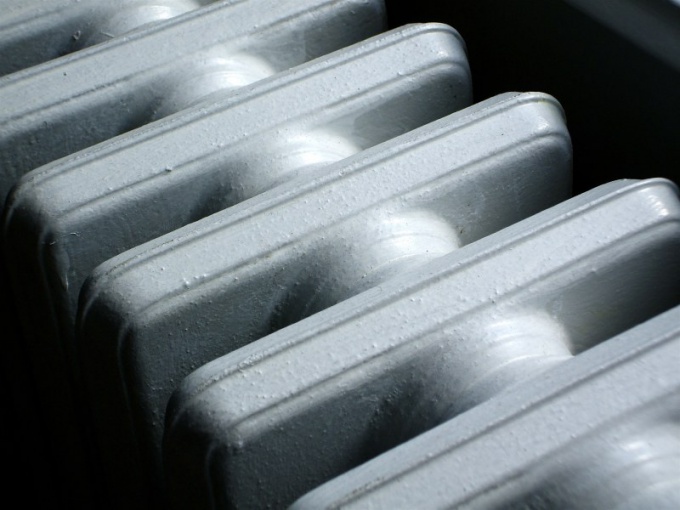You will need
- - information about size of rooms;
- - information about the capacity of the radiators.
Instruction
1
Use to calculate the "Construction norms and rules" according to which on one square meter you need 100 watts of power battery. Having a calculate as follows: calculate the total area of the room by multiplying its length by width, multiply the number by 100 and divide by the capacity of one section of the radiator. If the resulting number will be fractional, round it in a big way.
2
If the room is located on the corner of the house or in the end, make a correction to the formula. Multiply the number of radiator sections 1.2. For example, instead of 10 sections will be set aside in the plan 12.
3
Maybe you don't know the capacity of the radiator sections, in that case start from the middle of the standard indicators according to which to heat 1.8 sq m space required 1 section of radiator. In this case, to calculate the number of sections simply divide the room area by 1.8, the resulting number is rounded in a big way.
4
If your home has non-standard ceilings (higher than 2,7 meters), adjust the calculations. Divide the number of sections 2.5 and multiply it by the height of your room. For example, 11 sections for the ceiling of 2.5 will correspond to the 13 sections for ceiling height of 2.9 meters.
5
To more accurately calculate the power of the future find out the radiator. For example, the heat flow is one section of the radiator MC-140 M2 is 0.16 kW, and MS-140M-300 0,117 kW.
6
Next, determine the required heat flow in your home. For a typical room in the panel house without insulation need about 0,041 kW for brick houses with wall insulation and double-glazed Windows, about 0,034 kWh, while for the modern house, built according to building standards: not more than 0.02 kW of heat energy in 1 cubic meter
7
Calculate the heat flow to the room. Get the volume of the room by multiplying the width of room length and ceiling height. Then multiply the amount of the required heat flux. For example, for a room in a brick house with a size of 3 to 4 meters and a ceiling height of 2.5 m: 3*4*2,5*0,034=1,02 kW.
8
Divide the resulting heat flux on the possibility of one section of the radiator. For example, if you want to use a radiator MC-140 M2, you will need 1,02/0,016=6.38 sections (round up to 7), and the radiator is MS-140M-300 will be required of 1.02/0,117=8,72 section (rounded to 9).
